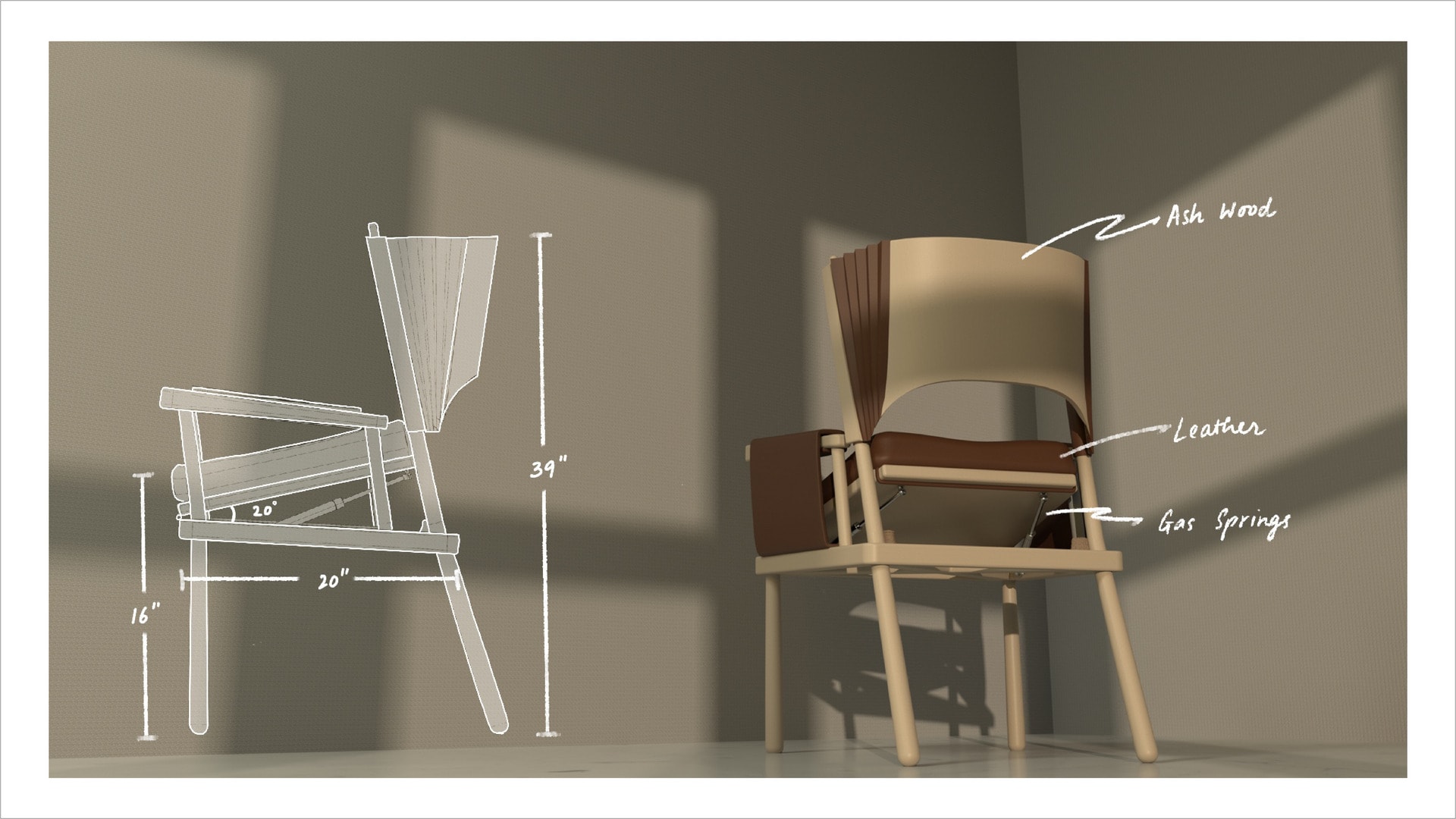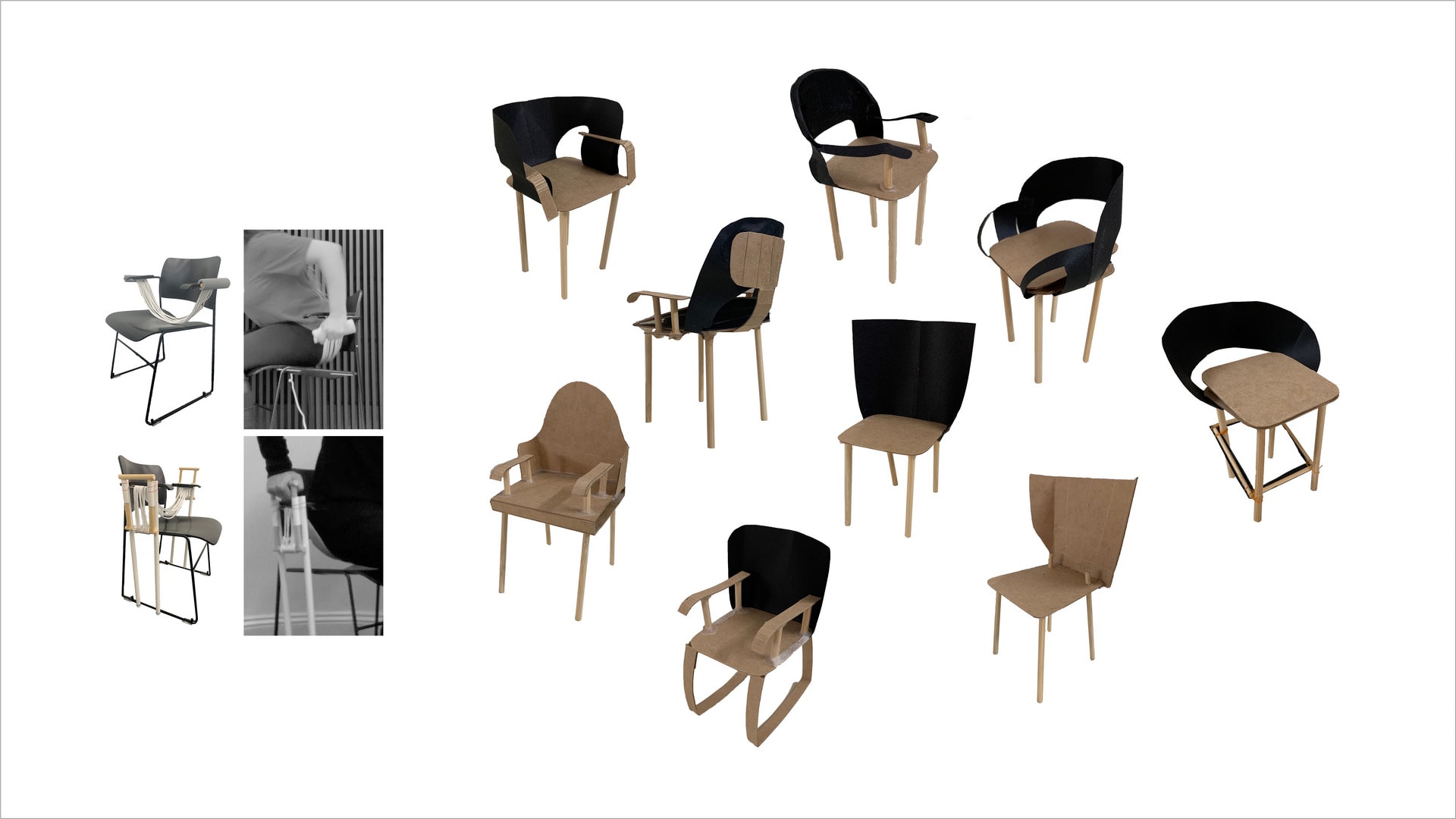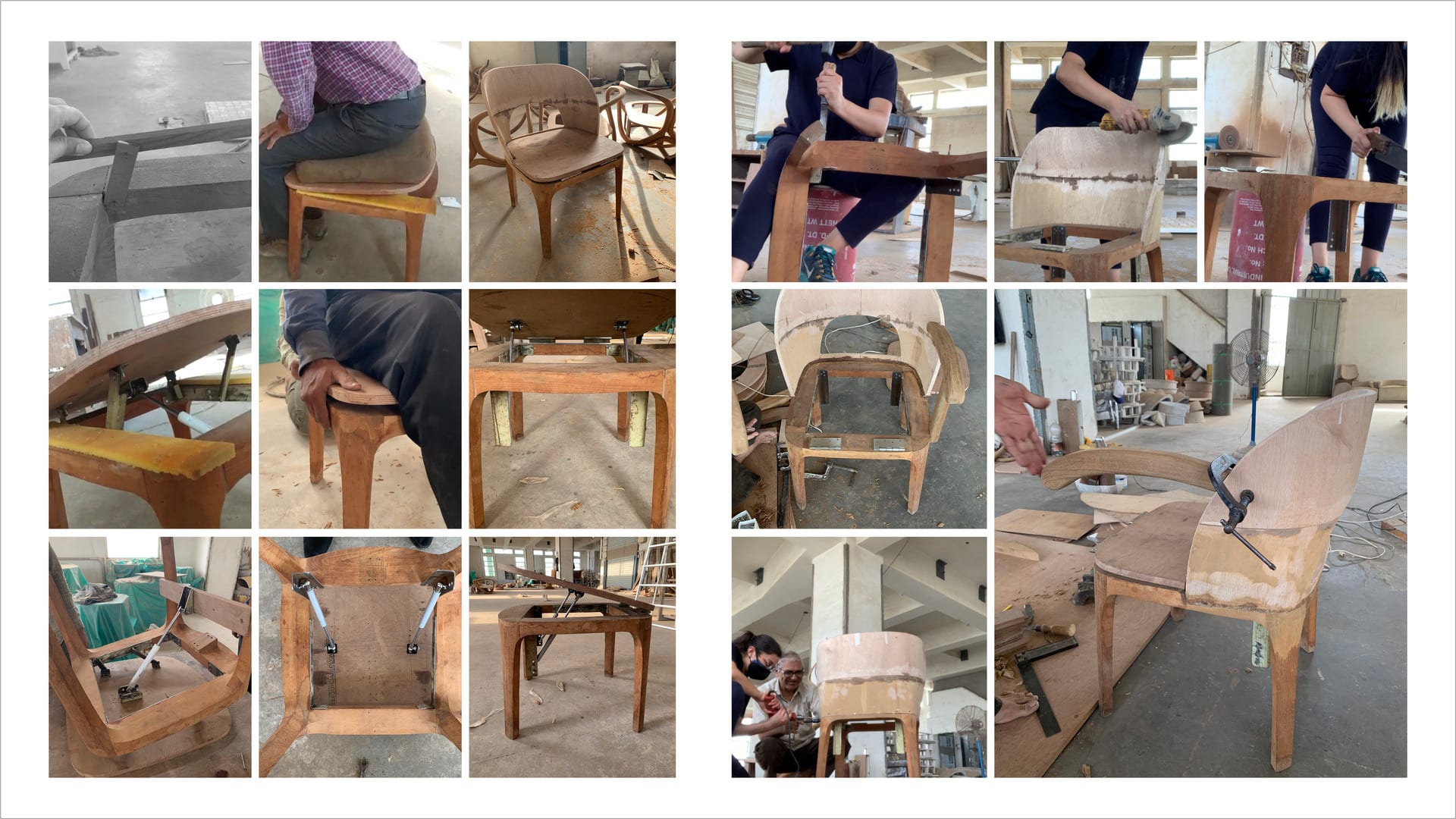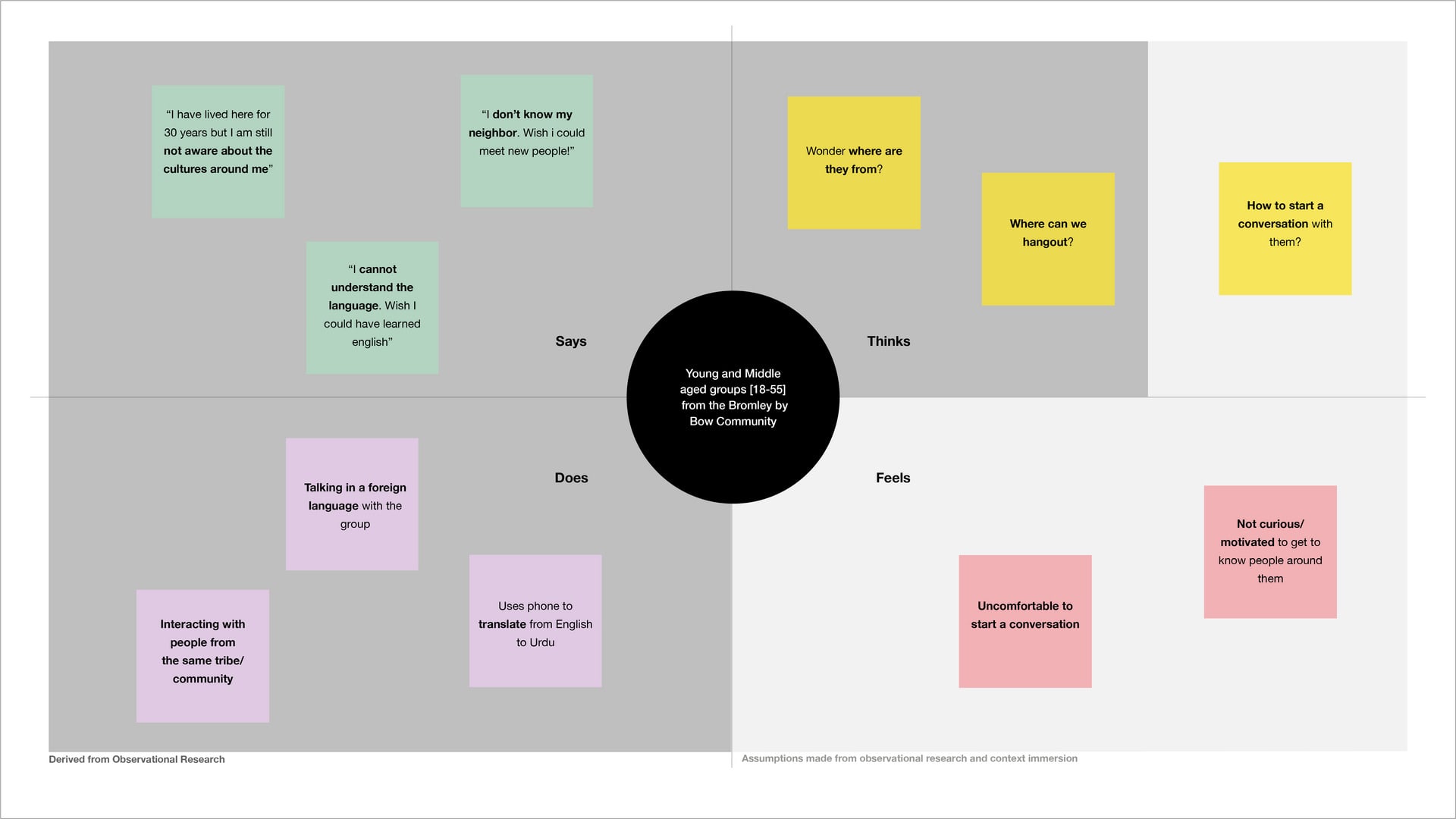I am an industrial designer focused on building stronger object-user relationships. I prioritise product longevity by increasing value through co-creation and creating memorable experiences.
//EDUCATION
Royal College of Art and Imperial College London (2019 - 2021)
MA/MSc - Global Innovation Design
University of Illinois at Chicago (2015 - 2019)
BDes - Industrial Design | BSc - Political Science
Minor in Finance | Minor in Business Administration
//ACHIEVEMENTS
Laurette Kirstein Scholarship UIC (2018)
International Contemporary Furniture Fair (May 2018)
My furniture project 'Strand' was selected to be displayed during the summer ICFF show in New York.
Core77 (May 2018)
'Strand' was mentioned amongst the best student designs at ICFF 2018 in a core77 article.
'Outstanding Student' Faculty Prize (May 2019)
Patent Pending wearable design for Caterpillar Inc. (May 2019)
Designed a voiceover SOS device to mitigate the fatal four for on-site construction workers.
Part of winning team of the Smart Cities Hackathon (Nov 2020)
Venture Catalyst Challenge (2021)
Our team, J{AI}NE DOE, was selected as one of the top 25 to take part in the Imperial Enterprise Lab VCC cohort 2021.















![[untitled]](https://res.cloudinary.com/rca2020/image/upload/f_auto,h_1080,w_1920,c_fill,g_auto,q_auto/v1/rca2021/60c55f74a98c7847e54fb17d-517460?_a=AXAH4S10)
![[untitled]](https://res.cloudinary.com/rca2020/image/upload/f_auto,h_1080,w_1920,c_fill,g_auto,q_auto/v1/rca2021/60c55f74a98c7847e54fb17d-383060?_a=AXAH4S10)
![[untitled]](https://res.cloudinary.com/rca2020/image/upload/f_auto,h_1080,w_1920,c_fill,g_auto,q_auto/v1/rca2021/60c55f74a98c7847e54fb17d-399798?_a=AXAH4S10)
![[untitled]](https://res.cloudinary.com/rca2020/image/upload/f_auto,h_1080,w_1920,c_fill,g_auto,q_auto/v1/rca2021/60c55f74a98c7847e54fb17d-494475?_a=AXAH4S10)





